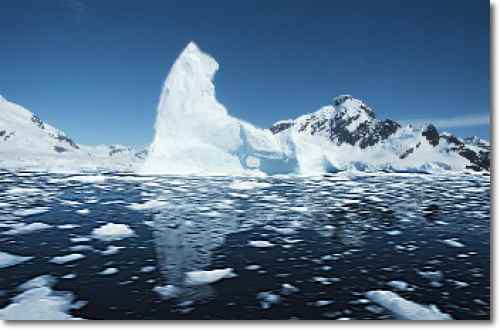
The Phoenix using its mechanical probe to dig out some ice for analysis.
NASA officials also said that the Phoenix’s mission had been extended until the end of September as a result of its success. The lander dug a number of small holes into Martian soil after touching down near the planet’s north pole on May 25, revealing a white substance that scientists have now confirmed as ice. Although evidence for water ice was often speculated from observations made by the Mars Odyssey orbiter, this is the first confirmed collection of water on the Red Planet.
The ice scooped up by Phoenix’s robotic digging arm is being analyzed to see if conditions on Mars could have supported life. The detection of water suggests that there were in fact materials at one point in time that were the basic ingredients needed to “create” and support life. Despite important nutrients including sodium, potassium and magnesium had been discovered, no organic materials had been found as of now.











